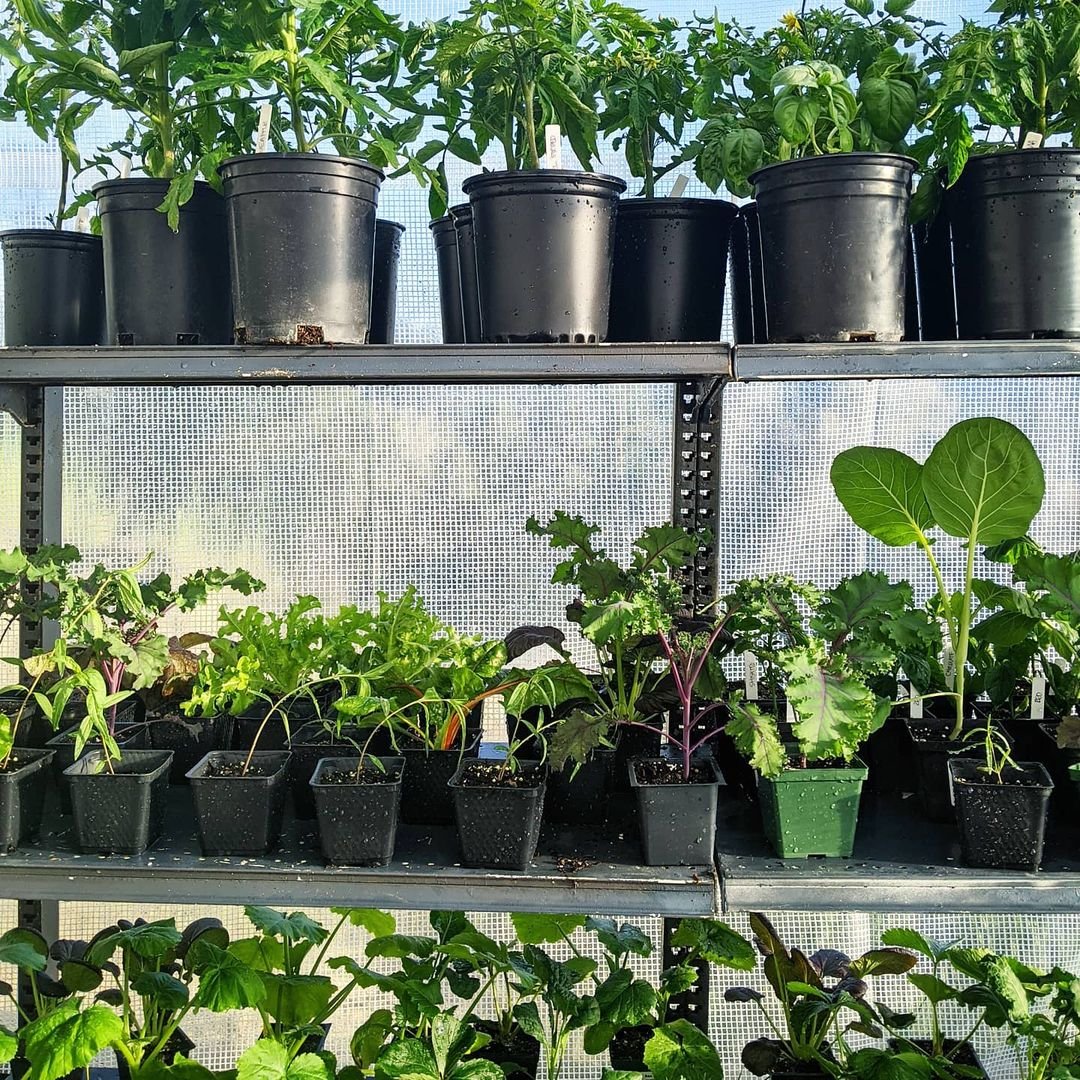Maximize Your California Greenhouse: Seed Starting Tips for Spring Success
A Guide to Setting the Stage for Seed-Starting Success
Spring in California: The Ideal Time for Greenhouse Gardening
As spring awakens, it's the perfect time for garden enthusiasts to start their seedlings in the greenhouse. In California, with its unique blend of climates, this season offers an excellent opportunity to grow a variety of plants. Let’s explore how to prepare your greenhouse for a successful and rewarding gardening season.
Essential Greenhouse Prep
Start by giving your greenhouse a good spring cleaning. Remove any leftover plant debris and tidy up the space. Clearing out old pots and outdated supplies is essential to make room for new seedlings. Ensuring cleanliness not only organizes your space but also prevents the spread of diseases and pests. In fire-prone Californian regions, it's especially important to remove dry plant material from the exterior of your greenhouse.
Additionally, look for signs of common plant diseases like powdery mildew or botrytis, which can be spread by old debris. Remember to sanitize previously used pots with a bleach solution before reusing them.
Pest Control: Safeguarding Your Greenhouse
California's diverse environments present unique pest challenges to gardeners. Proactive measures are key! Conduct regular inspections for any signs of infestation and address them promptly. Utilizing organic pest control methods helps maintain a healthy, eco-friendly greenhouse environment.
One cornerstone of organic pest control is the introduction of beneficial insects. Ladybugs devour aphids, while lacewings tackle aphids, whiteflies, and thrips. Predatory mites provide excellent control against spider mites and thrips. Always research the specific pest you're facing to ensure a good match with the beneficial insect you choose.
Companion planting is another powerful tool. Marigolds naturally deter aphids and whiteflies, while nasturtiums cleverly attract aphids, acting as a trap crop. Alliums such as onion and garlic are all-around pest deterrents. Remember, crop rotation is especially important in the limited space of a greenhouse, preventing pests from building up in the soil year after year.
For further control, consider organic products like neem oil, a natural insecticide effective against many soft-bodied pests, and insecticidal soaps for targeting sap-sucking insects. Diatomaceous earth, though useful for some crawling pests, should be used with caution as it can harm beneficial insects. Bacillus thuringiensis (Bt) is a bacteria specifically targeting caterpillars.
California gardeners should take their region into account. Coastal areas should prioritize whitefly and fungus gnat control (neem oil and beneficial insects are good choices). In high altitudes and mountains, focus on aphids and spider mites through beneficial insects and crop rotation. Valleys and deserts may face thrips and mealybugs, where diatomaceous earth and insecticidal soaps can be helpful.
Remember, an integrated approach is best, combining prevention (cleanliness, crop rotation) with multiple control methods. Always research application rates, safety precautions, and the impact of any product, even organic ones. Your local nursery or county's University of California Cooperative Extension can offer invaluable advice tailored to your region's specific pest challenges.
Optimizing Temperature and Lighting
The right temperature and lighting are crucial for seed germination and growth, and California's diverse climates require tailored approaches. For most seedlings, aim for a consistent temperature range of 65-75°F (18-24°C). Invest in a reliable thermometer to monitor the conditions. Gardeners in coastal zones may need supplemental heating on cooler nights, especially early in the season, while those in hot valleys should be prepared to provide shade and ventilation to prevent overheating. Mountain regions, with their greater temperature swings, will need adaptable heating and cooling systems to protect seedlings.
Maximize natural sunlight whenever possible by strategically positioning your greenhouse and considering shade cloth for hotter regions. If natural light is insufficient or you're growing light-demanding seedlings, invest in quality grow lights. LEDs are energy-efficient and offer adjustable spectrums. Pay attention to the light duration needs of your specific seedlings – some may require extended daylight hours for optimal growth. A small fan can help distribute temperature evenly and prevent stagnant air. Monitor your seedlings closely and adjust temperature or lighting if they appear stressed.
Container Preparation: Ready Your Pots and Trays
Choosing the right containers and ensuring they're properly prepared is essential for healthy seedlings. Here's what to keep in mind:
Size Matters: Select containers appropriate for the specific plants you're starting. Smaller pots or trays are ideal for most seeds, while larger containers may be needed for seedlings that will grow quickly or have extensive root systems.
Drainage is Key: All containers must have adequate drainage holes to prevent waterlogging, which can lead to root rot, a common problem in California's varied climates.
Sanitation is Essential: If reusing containers, thoroughly scrub them to remove debris and disinfect with a dilute bleach solution (1 part bleach to 9 parts water). Allow them to air dry completely before use. This step is crucial to prevent the spread of diseases.
Beyond the Basics: Consider these options tailored to California's conditions:
Seed Starting Trays: Many come with humidity domes to create a mini-greenhouse effect, especially beneficial in drier regions.
Peat Pots: These biodegradable pots can be planted directly in the ground, minimizing transplant shock – a plus in areas with shorter growing seasons.
Fabric Pots: Their breathability promotes healthy roots and may be preferable in hot climates.
Additional Tip: Labeling your containers with the seed variety and planting date helps keep your greenhouse organized!
The Right Soil Mix: Foundation for Growth
Selecting the right soil mix is essential for the success of your seedlings, and California's diverse climates demand special consideration. Look for a high-quality, well-draining seed starting mix specifically formulated for containers. It should offer a light, fluffy texture and a good balance of nutrients to give those tiny roots the perfect environment to thrive.
In California's drier regions, enhancing your soil with moisture-retentive materials like perlite, vermiculite, or coco coir can make a significant difference. These additions help the soil hold onto moisture for longer, reducing how often you'll need to water – a boon in hotter and drier areas. On the other hand, if you're in a humid, coastal region, focus on selecting a soil mix with excellent drainage to prevent waterlogging and potential root rot issues.
While crafting your own custom seed starting mix is possible, many high-quality pre-mixed options are designed for convenience. Consider choosing an organic seed starting mix to support sustainable gardening and avoid synthetic fertilizers. Additionally, some mixes contain mycorrhizal fungi, promoting a beneficial relationship with plant roots and aiding in nutrient uptake, which can be particularly valuable in California's varied soil types.
Planting Seeds: Timing and Technique
The journey from seed to seedling begins with careful planting. Understanding the right time and methods will make a big difference in your success, so let's dive in!
Seed Packet Wisdom: Your most valuable resource is the seed packet itself! It contains specific instructions on planting depth, spacing, and the ideal time of year for sowing based on your climate. Always consult this guide for the best results.
The Gentle Touch: When sowing seeds, handle them delicately. Plant them at the recommended depth, gently covering them with a light layer of soil. Water them lightly using a watering can with a fine nozzle or a spray bottle to avoid disturbing the seeds or compacting the soil. The goal is to provide just enough moisture to encourage germination.
California Considerations:
Microclimates: Pay close attention to the recommended planting times for your specific region. Coastal, mountain, valley, and desert areas will all have slightly different optimal windows for starting various seeds.
Succession Planting: To enjoy a continuous harvest, consider succession planting – staggering the planting of the same crop at intervals throughout the season. This technique is particularly useful in areas with longer growing seasons.
Patience is Key: Don't be discouraged if some seeds take longer to germinate than others. Keep the soil lightly moist and maintain the recommended temperature range, and you'll soon see those first sprouts emerge!
Caring for Seedlings: Monitoring and Maintenance
The joy of watching those first sprouts appear is just the beginning! Consistent care is now key to ensuring your seedlings thrive. Keep a watchful eye on soil moisture, checking daily. If the top layer feels dry, it's time for a gentle watering, but be mindful not to overdo it – soggy soil can lead to root rot, a common issue across California's varied environments.
Sunlight is crucial for healthy growth. Regularly rotating your plants ensures even light exposure and prevents the seedlings from growing leggy as they reach for the sun. Good ventilation is equally important, discouraging disease and promoting strong development.
Remember to adapt your care based on your region. Coastal seedlings may need supplemental light or warmth early in the season. In scorching valleys, protect young plants from the harsh midday sun with some light shade. Mountain climates, with their fluctuating temperatures, require extra attention – be prepared to adjust your seedlings' location as needed.
As seedlings grow, you may need to thin them out to give the strongest ones enough space. Refer to your seed packets for ideal spacing. Once seedlings develop their first true leaves (those that appear after the initial small ones), a diluted liquid fertilizer can provide a gentle nutrient boost. Always follow fertilizer instructions carefully for balanced growth.
Finally, closely monitor your seedlings for any signs of pests or disease. Early detection allows for swift treatment, protecting your young plants.
Transplanting: Introducing Seedlings to the Outdoors
Once your seedlings develop their first set of true leaves, it's time to prepare them for the great outdoors! A gradual process known as "hardening off" is essential to ensure their success. Here's how to do it right, with California's conditions in mind:
The Hardening-Off Process
Start Slowly: Begin by placing your seedlings in a sheltered outdoor location with dappled sunlight for a few hours a day. Choose a mild, overcast day for their first outing.
Increase Exposure: Each day, gradually increase the duration of outdoor time and the amount of sunlight they receive. Over a week or two, work up to full sun exposure for the majority of the day.
Nighttime Protection: In most regions, bring seedlings indoors at night during the initial hardening-off phase, especially if temperatures are expected to drop.
California Considerations
Coastal Caution: If you're in a coastal area, protect seedlings from strong winds during the hardening-off process.
Valley Vigilance: In hot valleys, be extra careful not to expose seedlings to harsh midday sun initially, gradually increasing their tolerance.
Mountain Monitor: Mountain regions can experience sudden temperature shifts – protect seedlings from any unexpected cold snaps.
Signs of Success
Your seedlings are ready for permanent transplanting when they've adjusted well to full outdoor conditions. Look for sturdy growth and healthy foliage as signs of readiness.
Your Greenhouse, A Gateway to Gardening Success
With a little preparation and attention to California's unique climate, your greenhouse becomes a haven for successful gardening. By following these steps, you'll cultivate a thriving garden from the very first seed. Embrace the diverse gardening opportunities your state offers – the joy of fresh blooms and homegrown harvests awaits! So gear up, California gardeners, and let the fulfilling journey from seed to sprout begin in your greenhouse!


